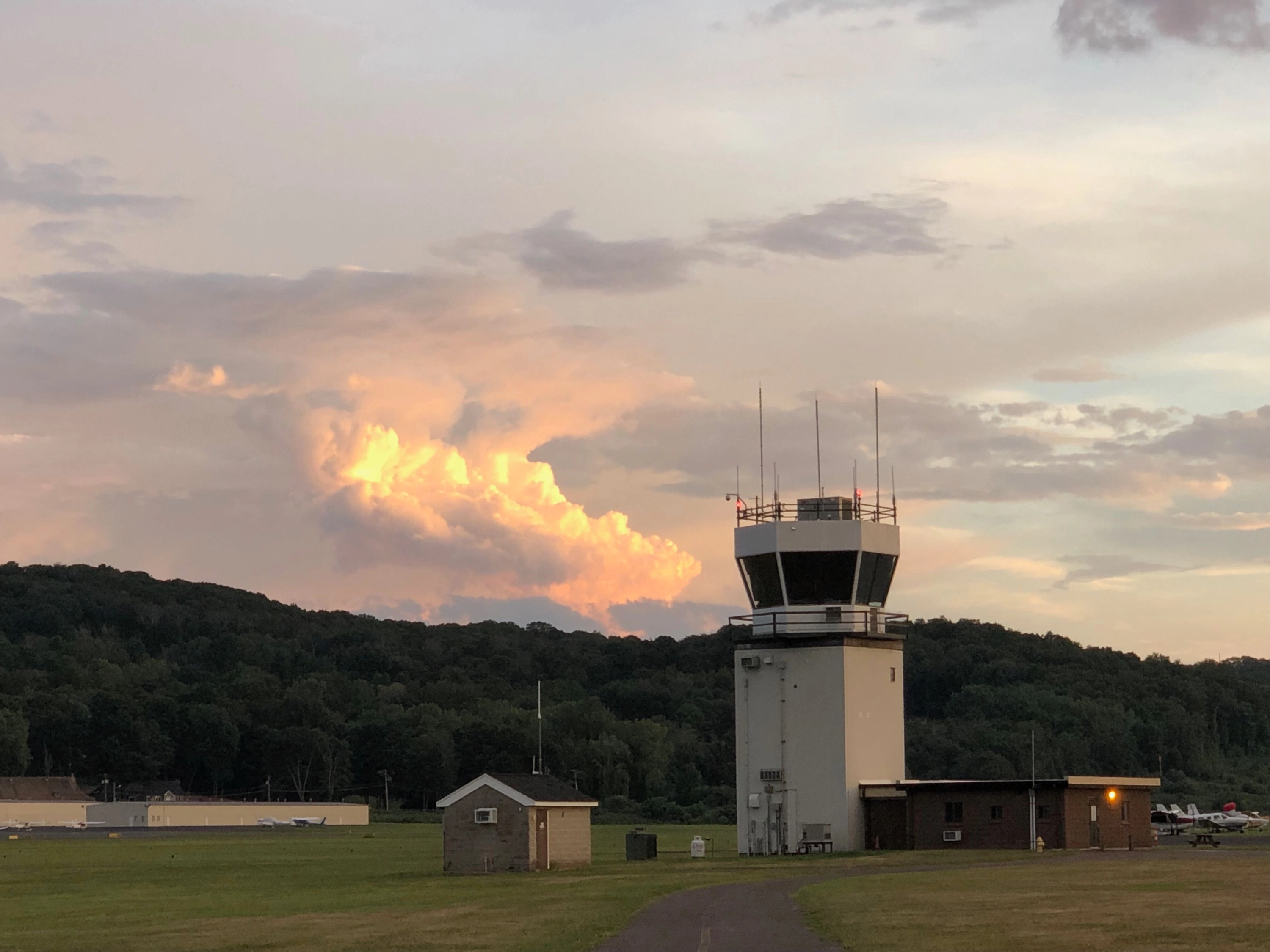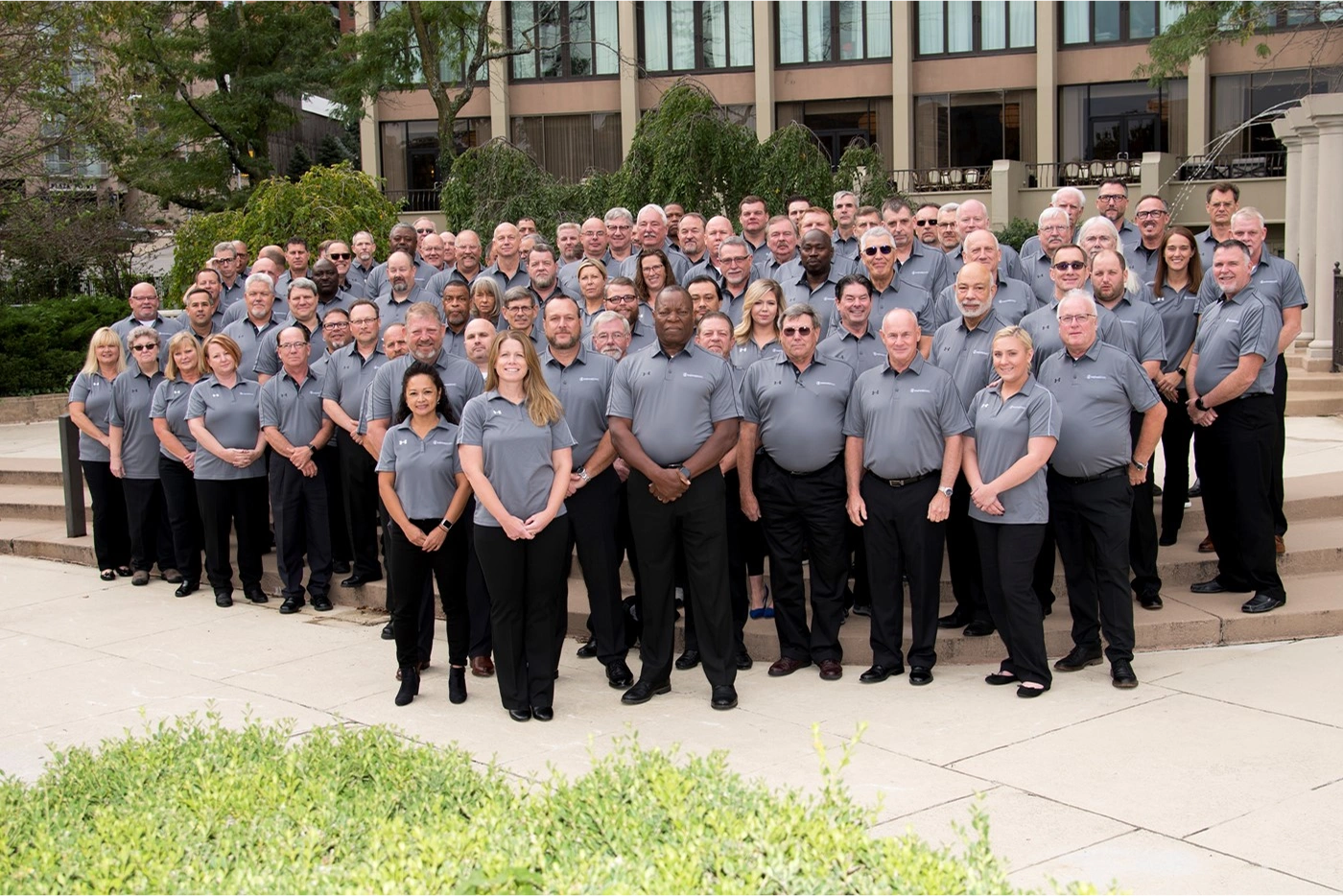Trusted Air Traffic Control Services Around the Globe
For nearly five decades, Midwest ATC has been a leader in providing professional air traffic control services to federal, state, and commercial partners. Our commitment to safety, quality, and operational excellence sets us apart in the industry.
The World’s Premier Air Traffic Control Partner
Midwest ATC is a trusted name in air traffic control, providing world-class services to both government and commercial clients across the globe. With a reputation built on professionalism and dedication, we continue to set the standard for excellence.
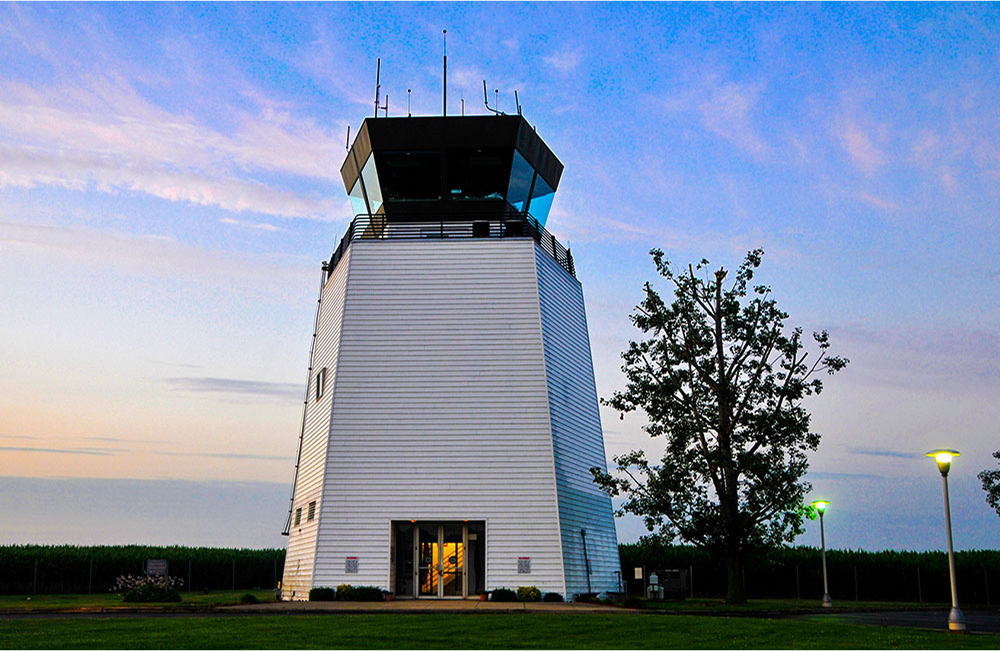
100+
Facilities Managed
around the globe.
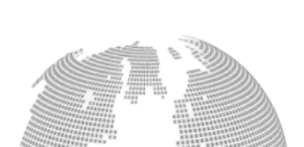
47+
Years of Experience
in air traffic control services.

Serving the
FAA & DoD
with trusted precision.

Multiple Awards & Certifications
recognizing operational excellence.
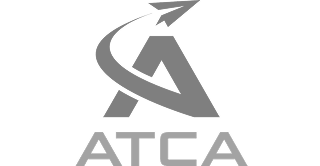
Our Commitment to Excellence
At Midwest ATC, we don’t just provide air traffic control services—we build partnerships. With a focus on quality, safety, and reliability, we serve the FAA, Department of Defense, commercial entities, and international partners. From managing remote sites in Antarctica to overseeing operations at busy commercial airports, our mission is clear:
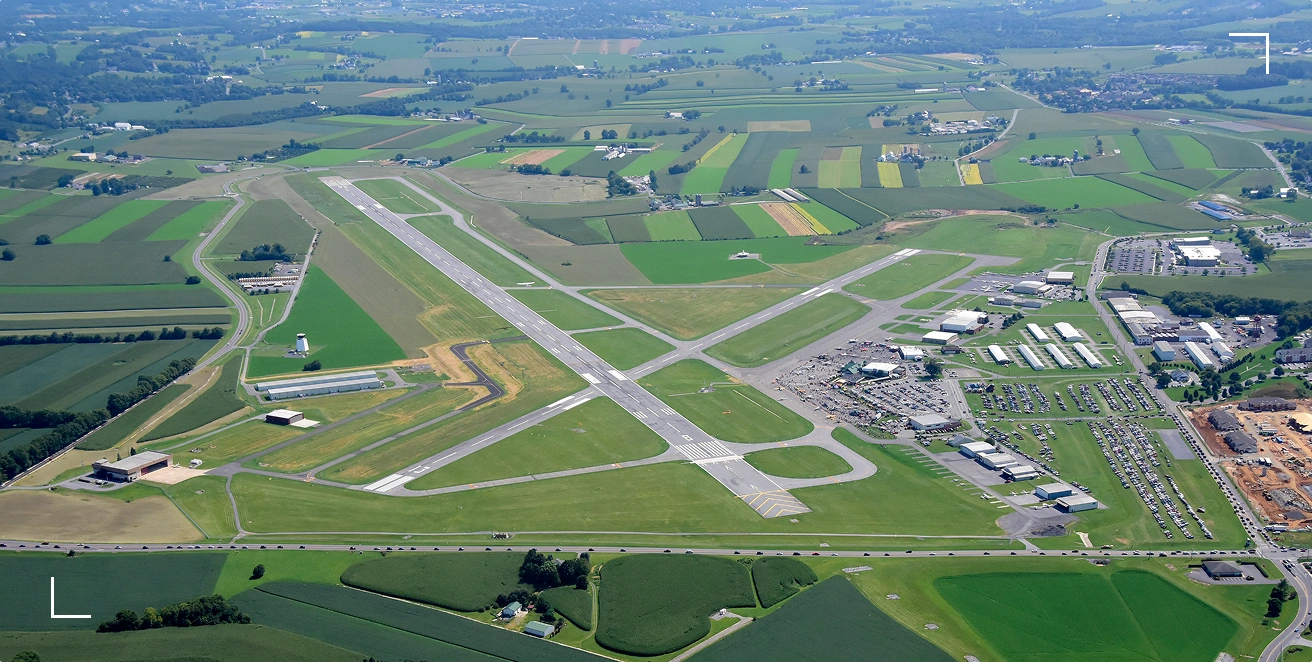
MISSION
Comprehensive Air Traffic Control Services
Contract Tower Operations
Professional air traffic management services for commercial and government partners.
Consulting &
Training
Providing expert guidance to enhance operational efficiency and safety.
Emergency Operations Support
Specialized services for challenging and remote environments.
Operational Safety Audits
Ensuring top-tier standards in safety and compliance.
Join Our Team of Air Traffic Control Experts
Midwest ATC offers exciting career opportunities around the world. Whether you’re an experienced Air Traffic Control Specialist or looking to start your journey, we have a place for you.
Our commitment to safety and operational excellence is matched only by our dedication to supporting our team members’ growth and success.
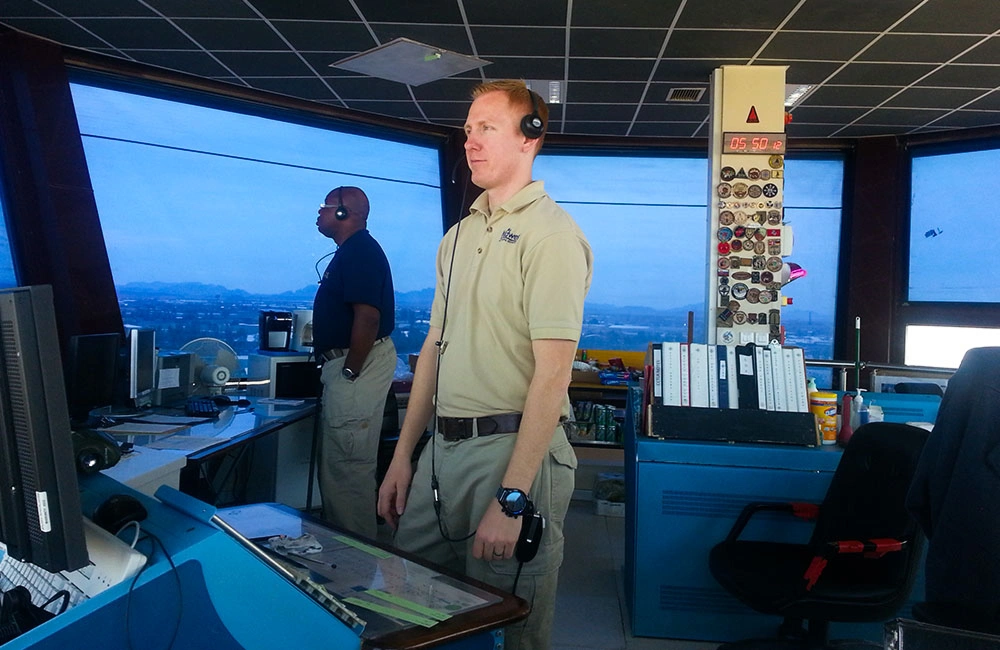
Where We Operate
From bustling commercial hubs to remote and challenging environments, Midwest ATC provides expert air traffic control services wherever they are needed. Explore some of our featured locations below, or view all locations here.

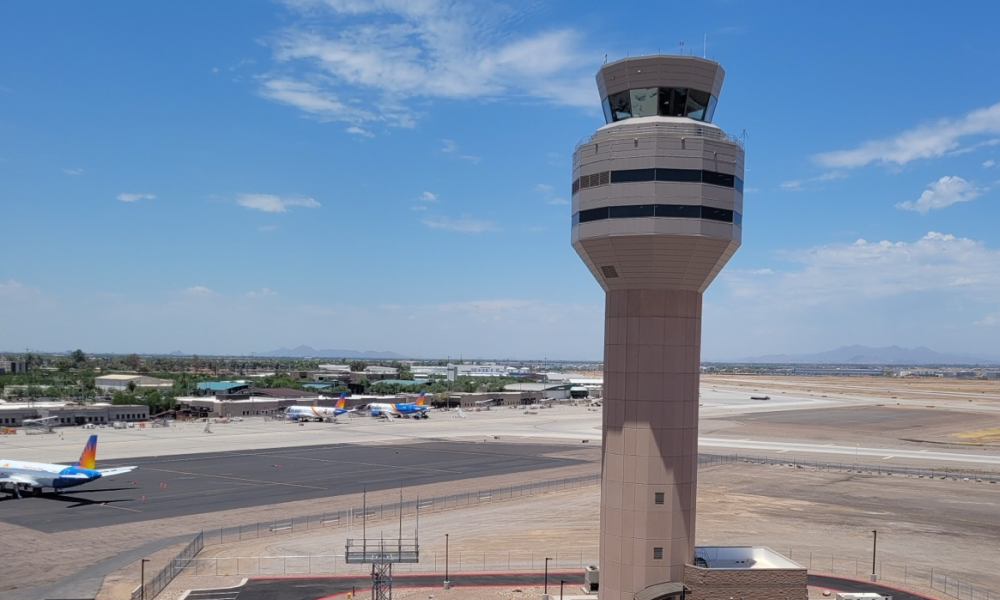
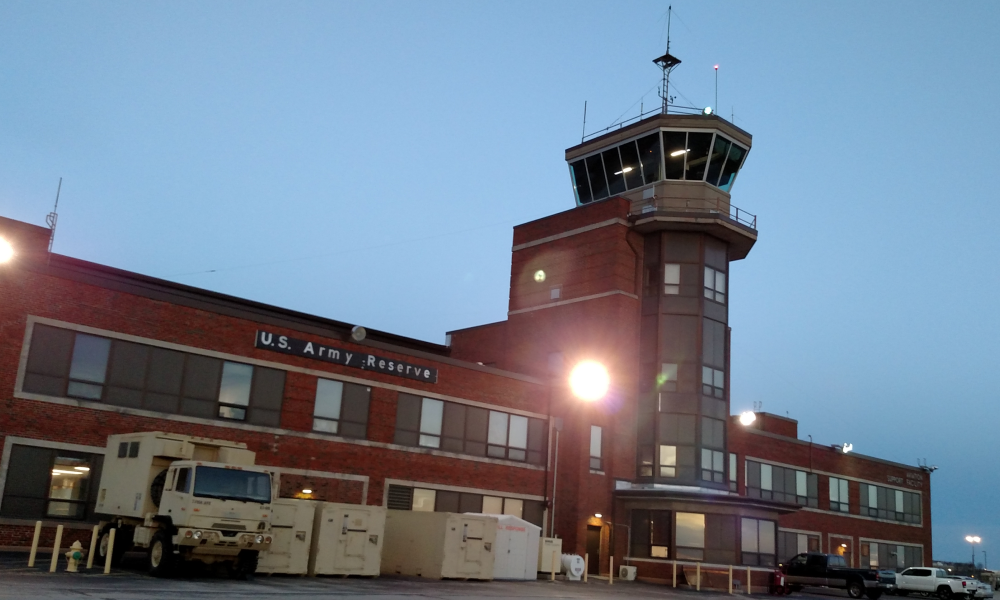
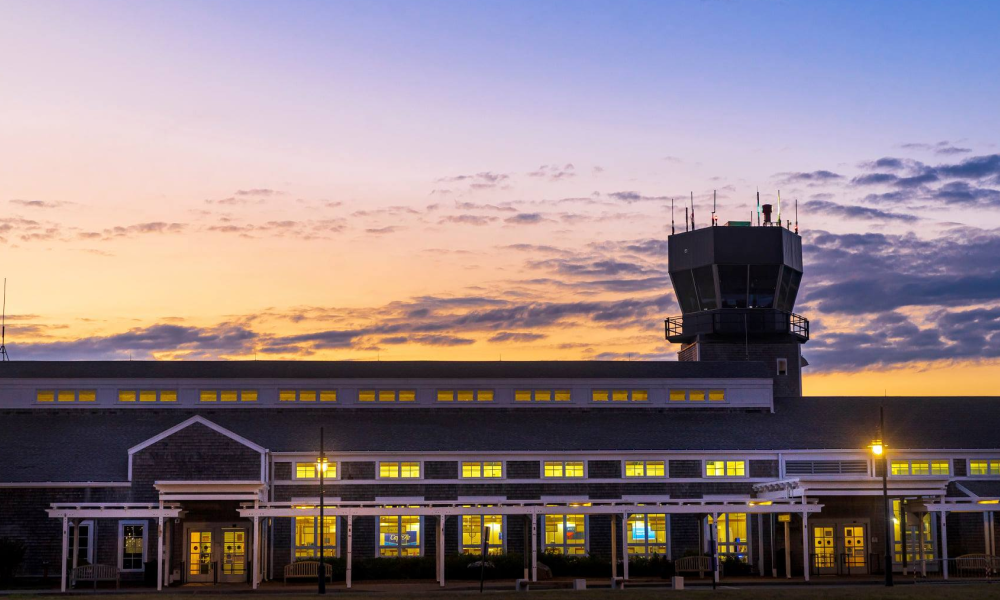
Latest News from Midwest ATC
Stay updated on industry news, company highlights, and insights from the world of air traffic control.
GET IN TOUCH
Whether you’re looking to join our team, partner with us, or simply learn more, we’d love to hear from you.




